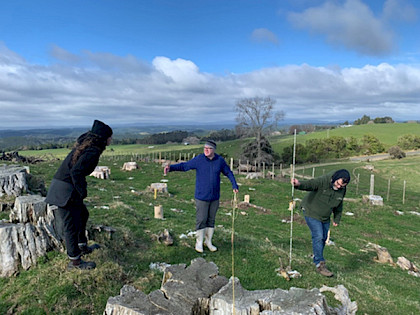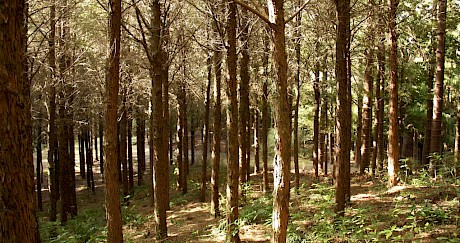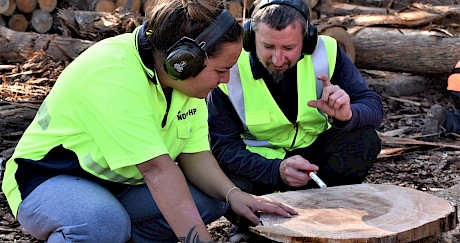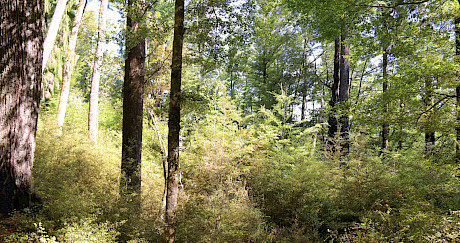Accelerating landscape scale restoration of native forestProject Status: Current
Introduction
Trees That Count (TTC) in collaboration with Tāne’s Tree Trust (TTT) have initiated a project to establish a network of demonstration planting areas nationwide, with seed islands as a method to accelerate restoration of native forest on a large scale.
A work plan has been completed and circulated to the TTC and TTT teams, and to supporters Z Energy, for review and feedback. It covered the challenges of establishing native forest at landscape scale and the concept of a seed island approach to complement other methods of large-scale restoration of native forest.
The project aims to set up a network of demonstration areas across representative sites throughout New Zealand, including targeting marginal erosion-prone hill country, in collaboration with stakeholders and other potential partners such as landowners, iwi, community landcare groups, NGOs and local authorities. The proposed methodology includes selection of planting site demonstration areas, planting design and layout, species selection, treatment options, maintenance requirements and monitoring.
Selection of sites
A number of sites in several regions have been identified including Waikato, Bay of Plenty, Tairāwhiti, Hawke’s Bay, Taranaki, Manawatu, north Canterbury, Otago and Southland. Preliminary work has included initial planning, planting the first seed islands, and monitoring. Many sites are marginal pastoral hill country which landowners are keen to retire from farming and establish native forest at scale.
There are a number of other sites that will be considered with selection based on collaboration with local landowners and managers, interest in extending the range of sites, and to broaden the approach to new methods for establishing native forest. These include the potential for seed islands in restoring native forest where wilding conifers are managed, and conversion of recently logged exotic forest to native.
Fieldwork
The first seed island site was planted during Matariki on a prominent pa site at Rangiuru, near Te Puke in the Bay of Plenty, which had been fenced to exclude grazing. It was planted by the local iwi and landowners, and the Bay Conservation Alliance team in mid July 2023 to provide a corridor for kokako to traverse farmland between native forest remnants. Over 500 native trees and shrubs were planted. Tree guards decorated by the local school children were placed around most seedlings and all had a mulch of wool dags to protect from weeds and moisture loss. Eight 10 m diameter plots were established in late July after the planting as a baseline monitoring assessment.
Seed islands were also planted on two coastal backdune forest sites at Kawhia, west coast, Waikato by the local community and Tainui Kawhia Incorporated in mid-late June 2023. Ten monitoring plots were established at each site. Seed islands will be remeasured 12 months after planting for survival and early growth.
Over the last 10+ years Te Kohaka o Tuhaitara Trust has been establishing biota nodes or seed islands in the Tuhaitara Coastal Park in north Canterbury, with a long term aim of transitioning pine forest to permanent native forest. Sampling to assess performance of planted natives across a range in ages and species mixtures, and plot sizes, was carried out by Mike Bergin in May 2023.
Site inspections to scope possible 2024 seed island demonstration areas are underway in 40 ha of retired hill country that is part of a kiwi reserve in inland Taranaki and at Mangarara Station in southern Hawke’s Bay, where 10 ha of erosion-prone hill country is to be retired from grazing.




